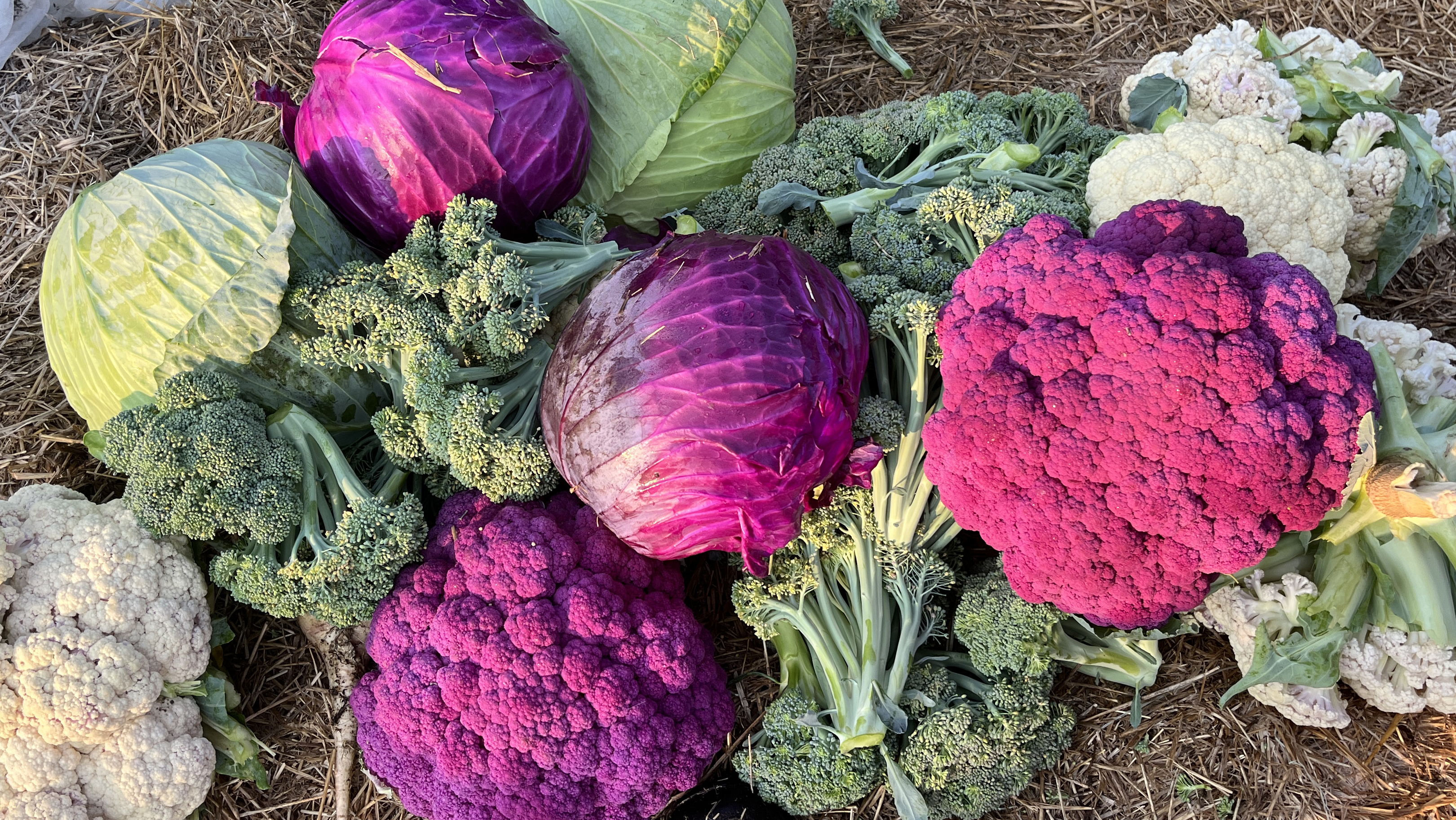
No till gardening improves garden yields
No till gardening is a system of gardening where the soil is mulched to prevent soil erosion, conserve water and reduce the pressure of weeds. As soil health improves, yields will increase in a no till garden so keeping a journal will help you determine how much to plant.
In no till gardening, the health of the soil improves greatly over time and with less insect and disease pressure, plant yields go up significantly.
Keeping track of how much food you are taking off your garden will help you determine how much to plant the following year. If you document how much you are growing and keep track of how much you are preserving, you will be able to decide how much to grow.
In your garden journal, document how much food you take off your garden in the fall and keep track of when you run out of it. If you want enough strawberries to eat until the strawberries are in season again, and you run out in February, you know you need to plant more strawberry plants.
Plant the same amount you usually do and make adjustments each year as your soil health improves. You can always share the bounty with the local food bank, donate to community meals or offer a senior or single parent home some extra vegetables to enjoy!

In no till gardening, we use wider gardenplanting areas that can handle multiple rows of the same type of vegetable. This is called high density planting. A 3’ row could have 2-3 rows of carrots, 2 rows of peas and a single row of potatoes for example. Planting the rows closer together helps to reduce weed pressure as the plants provide a canopy that prevent the sun from hitting the soil and allowing them to grow.
When planting, consider the size of the mature plants. The larger the plant, the fewer rows there are perplanting area.

